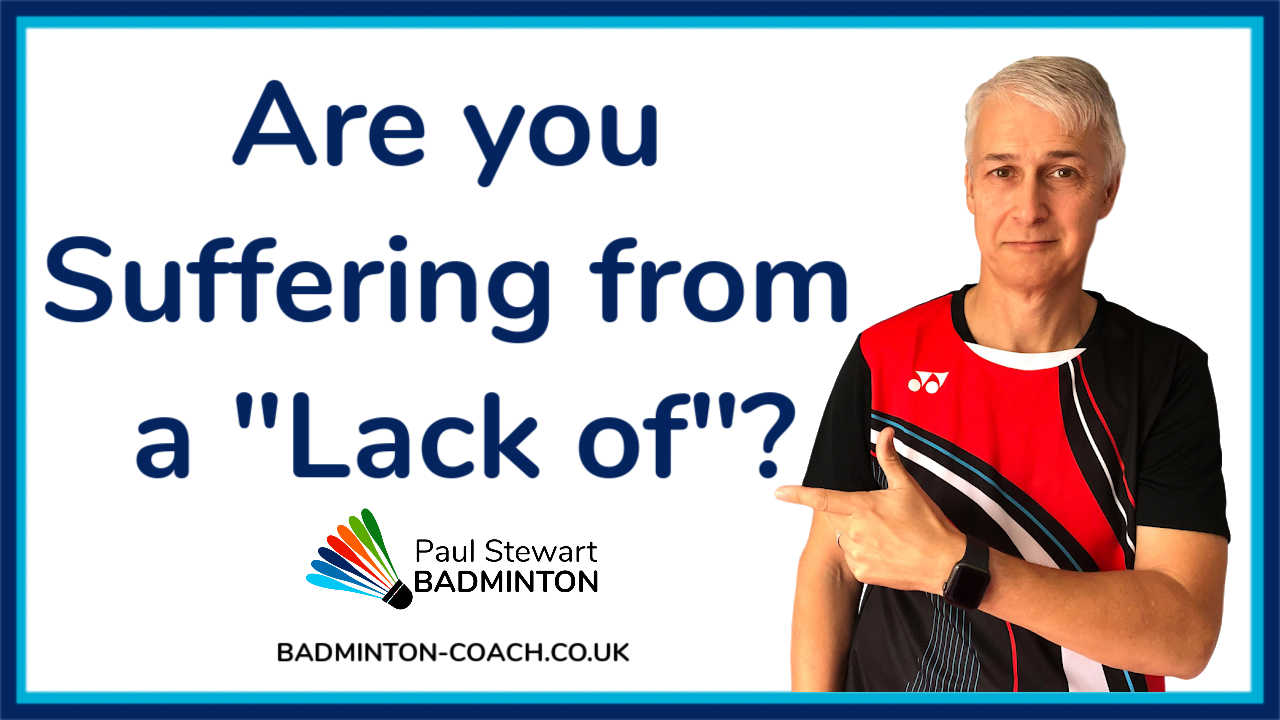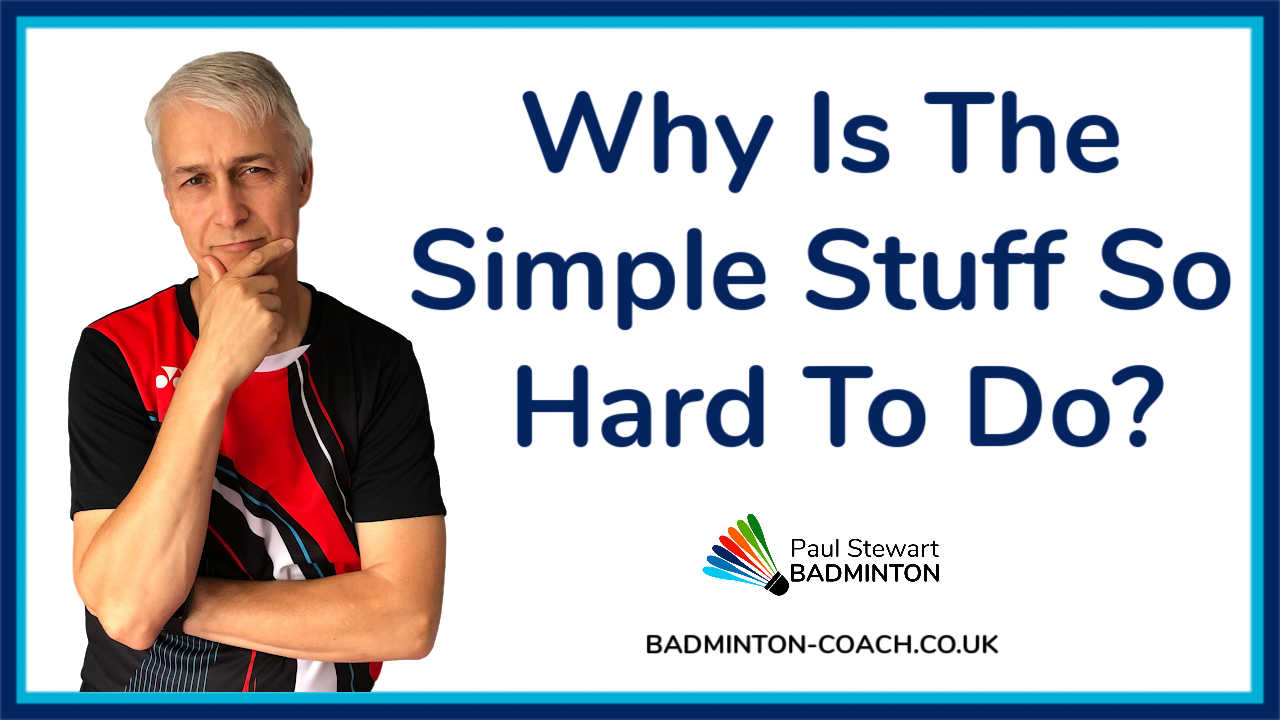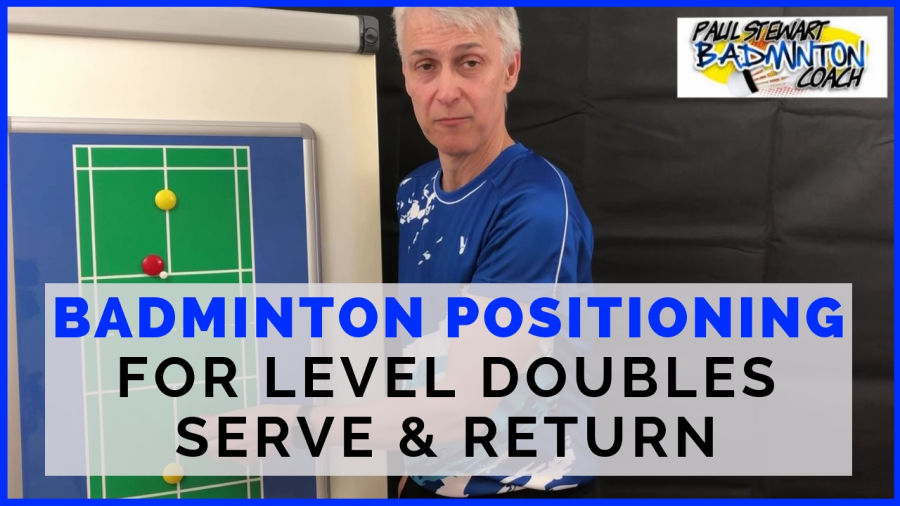Over the last few weeks we’ve been working on effective returns from the net on the backhand side. These are to be played when the shuttle is taken early. So, we’ve covered net shots (straight and cross court), mid-court push and a flick to the rear-court box. All of these shots have been played with the emphasis on keeping the shuttle low to prevent a strong counter-attack.
This week we moved onto the forehand side. The racquet action here is slightly different and requires good dexterity to change grip. Pushes to the mid-court were easily accomplished but the students struggled with both net returns and flicks to the rear court box.
As a first attempt I’m delighted on their progress, considering we were covering far more than I would normally coach in one session. But, with this group, the first stage is to experience and get a feel for the options available to them.
Cross court pushes also came naturally to these players although they all confess to not playing this shot in a game. The most interesting challenges were evident when trying to complete cross court net shots. All the students seemed to have an immediate problem playing this shot having a tendency to want to “hit” rather than “push.”
A Change In Focus – Coaching Tip #1
Rather than focussing on how the shot was played, I created a focal point on the net by bunching the top of the net together. Instant results! To their amazement, the players suddenly began to play much tighter shots and “pushed” the shuttle in the direction of the focal point rather than worry about the technical aspects of the shot. Result achieved.
This led on to a discussion about the use of the net and focal points for where the shuttle crosses the net. One of my students is a first division player with many years experience and this turned out to be a revelation to her. She couldn’t believe that she had never been taught this highly effective, and yet simple technique.
Without diagrams and video, this is not as easy to explain, but here goes (I’ll do my best to record a video on this topic soon…)
Imagine you’re playing doubles and you’re stood near the “T” on the right as though you were about to serve. Now, lift the shuttle into the tramlines so you’ve moved your opponent the furthest possible distance from the net. Got it?
Your opponent plays a cross court drop shot as a return. As you know, the shuttle always travels in a straight line. Now draw an imaginary straight line from the point of impact to where it must cross the net in order to remain in court on your side. My guess is the shuttle MUST cross the net within 1 metre of the post otherwise it would surely drop outside of the tramlines.
With me so far? So, you know that the shuttle falls a metre along the net. If you’re covering the cross court reply, then there is also a second point where the shuttle crosses the net to remain on your side of the court i.e. potentially on your backhand side if you’re right handed. Anywhere left of that point will be your partners.
This means you are actually left with an area to cover of no more than 2 metres in order to intercept the cross court return. Effectively then, you are not actually covering the whole court. As soon as the shuttle moves outside of your “intercept range” i.e. the 2 focal points of the net it must cross to be “yours,” you immediately know it’s your partners job to return it or it’s out.
If you “get” this principle, then apply it to other areas of the court. If you’re playing at the net, there will still be 2 focal points which dictate whether a return will be “in” or “out.”
Coaching Tip #2
Knowing what you now know about these focal points will help in your movement too. Most players spend far too much energy moving to where the shuttle will land rather than intercepting the shuttle where it passes over the net.
Imagine you’re stood at the net again on the “T” this time. Your opponent hits a cross court return that is aimed at mid court tramlines on your forehand side. Most players at the net will turn and move towards the tramlines to return this shot. Agreed?
Instead of “turning your head first” and looking to where the shuttle will be going, consider looking only to where the shuttle must cross the net in order to remain in court. Instead of moving sideways to the tramlines to intercept the shuttle (which means you’re way out of position), you step forward and intercept early where the shuttle crosses the net. By taking the shuttle early, you’ve got more options and have time to consider where to place the shuttle to either hit a winner or set up your partner.
As I said before, this is not easy to describe but is a very important topic to cover.
Please post your comments as I suspect I may need to create a video to show you how simple and effective this change in focus really is.











I think I get wot you mean but definitely a video would makes things a lot more clearer Paul, keep up the good work, il try this next time am playing